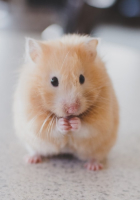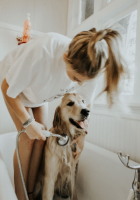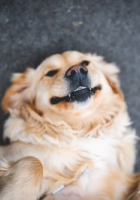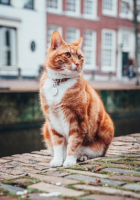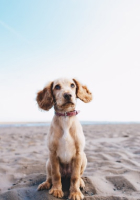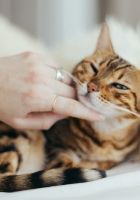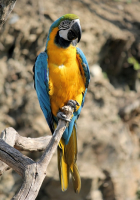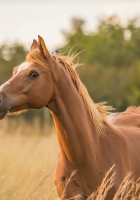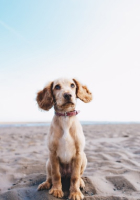If you’ve seen a school of koi fish, you know how beautiful and majestic they can be! These large, colorful exotic fish have been around for centuries and have blessed the gardens of kings, queens, and noble families. We have no doubt that they’ll make a great addition to your garden as well.
Learn more about the koi fish, including what type of environment you will need to house them, how to care for them, and everything in between.
Origin of the Koi
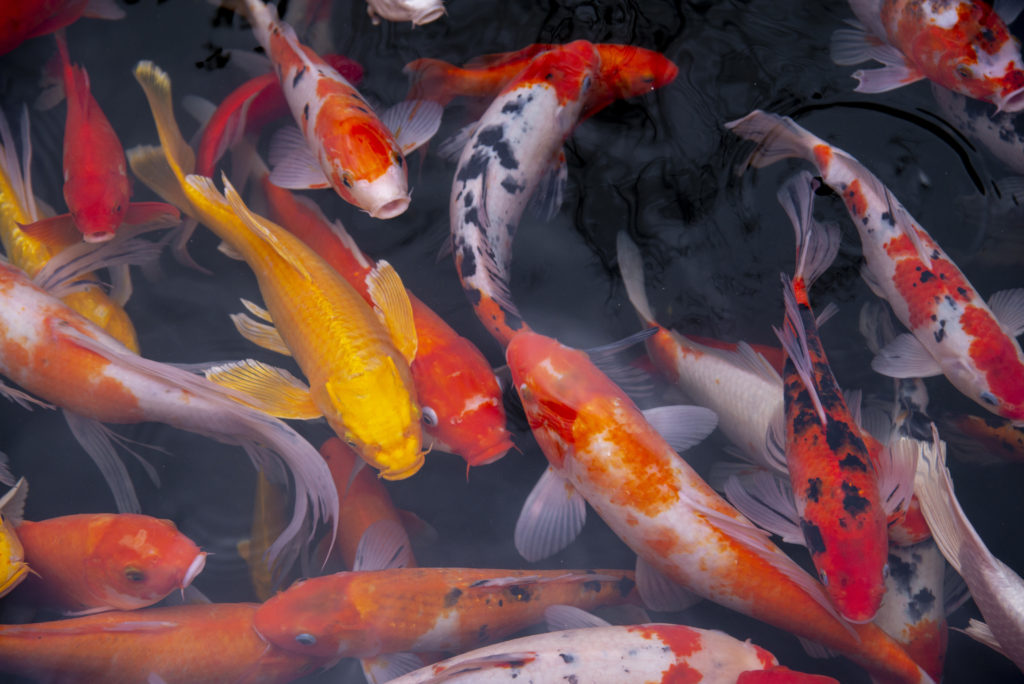
Koi fish are exquisite variations of the traditional carp (Cyprinus carpio). Housing and breeding koi originated in the 19th century when Japanese producers kept colorful specimens of the indigenous carp in their rice fields. Now getting koi fish for your pond is a universally popular trend.
Common species found in people’s backyard fishponds can be bought from local aquarium shops for anywhere between $60 and $100. Unique varieties, however, will not be up for sale at your local suppliers. You will have to go to a breeder for that, but – these can be quite pricey, ranging from as low as $300 to as high as $2000+.
Koi Behavior
Koi are a particularly friendly species that are known to build schools of 5 and 15 and swim in elegantly harmonized formations. A school of koi will tour every corner of your fishpond.
In cooler temperatures, they will hibernate at the lower levels of the pond. Furthermore, they are highly energetic and free-swimming fish that will show off their lively hues whenever they can, so make sure your pond is big enough for them to move freely.
Not only are koi friendly to their schoolmates, but they’re also good around other fish and owners. They may swim up to the surface to greet their masters or when it’s time to eat. Some even enjoy being pet and will let you pat them on the head.
Koi will never feed off other fish or fight with another schoolmate. If you are planning on crossing species, make sure the same can be said for the other fish before putting in with your koi.
How Big Can My Koi Get?
Big, really big! Koi fish are pretty large; with the right care, they can grow up to three feet, and, in rare cases, four feet long. In addition, they are a hefty fish with an average weight of about 30 pounds.
Because they’re such a heavy and large fish, koi ponds need to be big enough to house not one but a whole school of them. The rule goes, a koi pond should hold 500 to 1,000 gallons of water for every adult koi it carries.
Infant koi can live comfortably in big aquariums, but as they grow, they’ll need to be transferred to an outdoor pond. To flourish and thrive long-term, koi fish need clean, filtered water in their ponds. If done properly, a koi fish can live up to 30 years. Talk about the ultimate pet?
How to Take Care of Your Koi Fish
Pond Setup
If you are considering getting some koi fish for your backyard pond, there are a few things to keep in mind. First, the pond should sustain temperatures between 73-85°F all year round and have a minimum depth of 5 feet with some shallow areas included. In the wintertime, a heating system will have to be installed to prevent them from freezing to death. As for the infrastructure of your pond, it should be constructed with concrete, a rubber lining, and a muddy base.
Another thing you’ll have to keep in mind is the pH levels of your pond. It should always be kept between 6-9. You can use crushed limestone in the water to help maintain the ideal pH level.
The ideal setup for koi is a beautiful outdoor water garden, finished with plants that will not harm the natural ecosystem you got going on. The most suitable plants for a garden pond include:
- Floating pondweed
- Water hyacinth
- Water lilies
- Cattails
- Pickerels
- Duckweed
Koi Care
Like every other being on the planet, koi fish is not immune to diseases. In fact, they are susceptible to a lethal form of the herpes virus. Koi herpes virus is an infectious disease that affects all varieties of koi. Once your koi has been infected, it will most likely die from the disease.
The worst part? The schoolmates that survive the virus become perpetual carriers that will infect the other koi in the pond. Once that happens, the whole school must be euthanized, so it’s up to you to keep an eye out for the symptoms.
Symptoms of KHV include:
- Difficulty breathing
- Sunken eye
- Red and white sores at the gills.
Furthermore, watch for eccentric swimming and laziness. Your koi will most likely gulp at the air when it is having difficulty breathing.
Luckily for you, this infection can be prevented by meticulously examining the health of any new koi that you plan on introducing to the school. Any new koi should be isolated for up to 14 days before you transfer it to your pond.
Besides the herpes virus, there are other illnesses and parasites that you need to watch out for. So be a good guardian, clean your pond, and inspect your filter every 3 weeks.
Nutrition
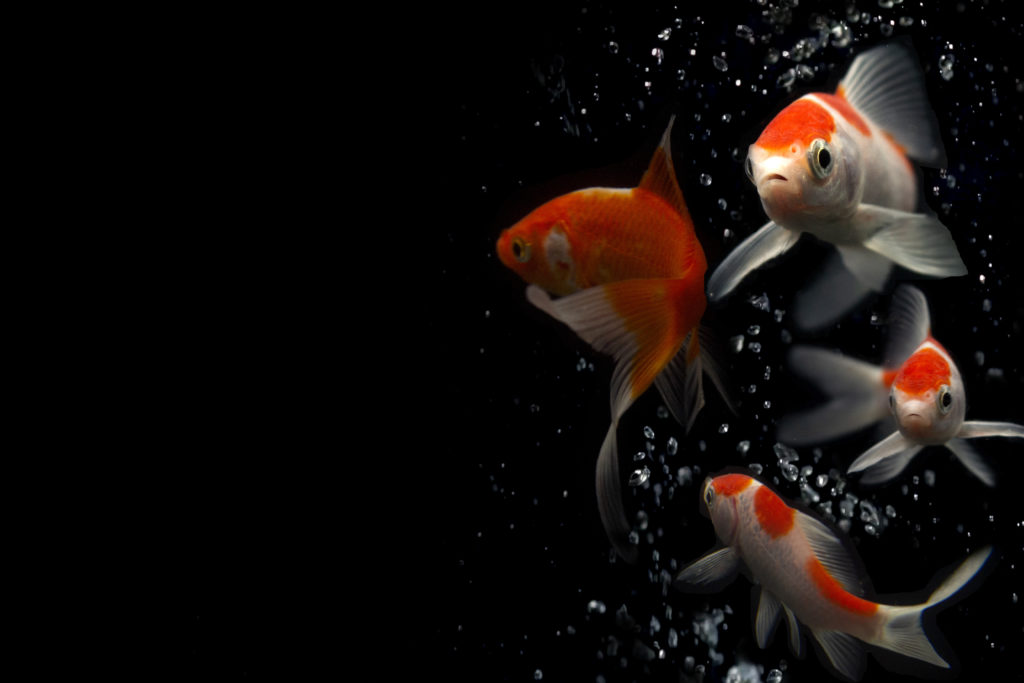
In nature, koi fish are huge eaters and have a similar regime to goldfish. They are omnivores; they feast on seeds, zooplankton, algae, and even bugs. In a properly stocked pond, your koi will find plants and insects to eat on.
Most of your koi’s food will come from what lands in your pond, but you can feed them up to 3 tiny portions of extra pellet food a day. If you plan on using an automatic fish feeder, set it for twice a day. If you have a water garden, you should keep a stock of weeds and algae to dissuade them from munching on the plants.
To indulge their enjoyment of zooplankton, add water fleas to your pond. You can also feed them insect larvae bought from your local bait shop. Any additional food you provide them should be high in protein. You can even supplement their regimes with grains, such as corn or rice.
Takeaway
Koi fish are one of the most popular choices for garden ponds for a reason. They are graceful and are not too difficult to care for. With so many lovely colors to pick from, you can be sure to find just the right koi fish for your pond. If you are new to this, you should start with the more common koi species before endeavoring to the more expensive varieties like the betta fish.
